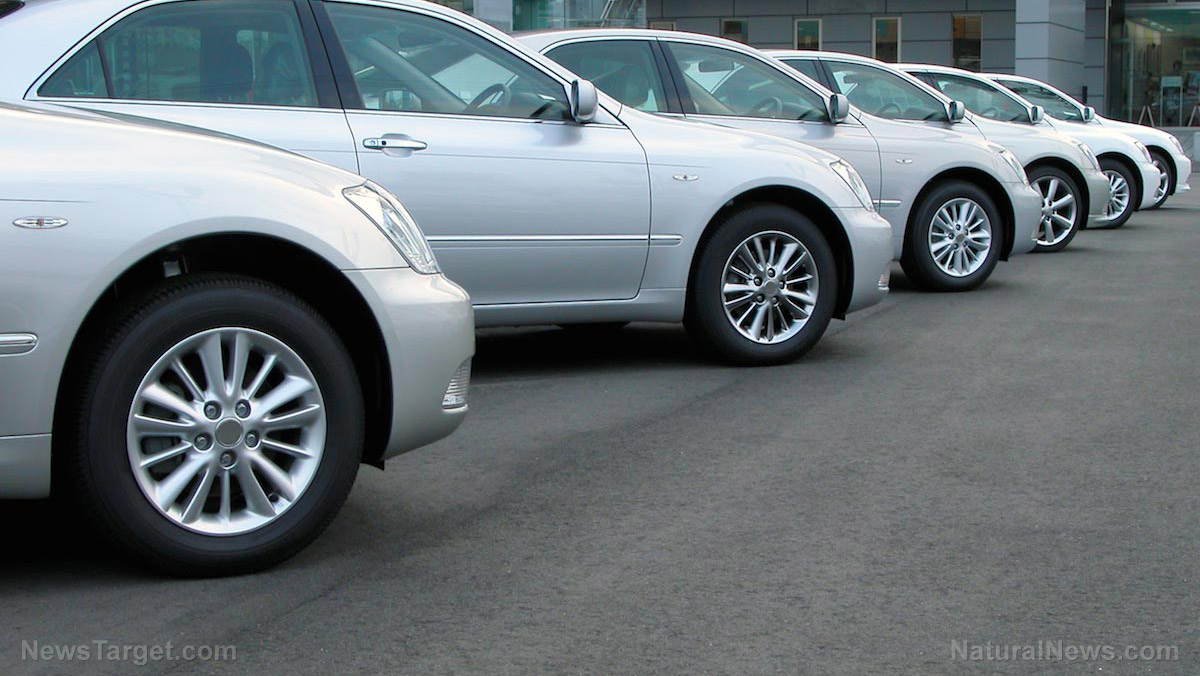Fight air pollution with tires that clean the air as you drive: Goodyear proposes tread made with integrated living moss
04/08/2019 / By Jessica Dolores

Goodyear recently introduced their new line of eco-friendly tires made from its recycled counterparts which contain oxygen-producing moss, and even glow in the dark. It has been described as the world’s “weirdest, most eco-friendly tire design.”
Moss embedded in the tire is alive and produces oxygen. No part is inflated, thus saving motorists from the trouble of fixing a flat tire in the middle of the road.
The tire’s open lattice picks up water from the road. This enhances wet grip and waters the moss. Like any green plant, moss absorbs harmful carbon dioxide from the air, and releases healthy oxygen through photosynthesis. As if that’s not enough, the eco-friendly tire have “high-capacity mobile connectivity” that works “at the speed of light” to easily connect with self-driving cars and smart infrastructure systems.
Before buying an eco-friendly tire however, motorists need green cars that are not only good for the wallet because they save on fuel costs. They are, more importantly, great for the environment.
Here’s how to go about it.
- Choose a light color — You may not realize it, but color is important. Racing champion and car enthusiast Brian Massie advises going green by choosing white. He explains that lighter colors mean less work for the AC system. He adds that the interior of a black car can raise the temperature up to 10 degrees more than its white counterpart. Besides, light-colored cars are more visible at night. Other drivers can see your vehicles better, and that’s a plus where safety is concerned.
- Go for manual — Manual cars may no longer be as popular as they used to be. They’re harder to drive, because the driver works harder in turning the steering wheel, especially in sharp curves. But they’re more eco-friendly than automatic cars. Massie says a manual transmission is more fuel-efficient than an automatic one. It also holds less fluid and doesn’t require as many fluid changes.
- Keep the lines clean — Massie advises car owners to shun extras like roof racks, bug deflectors, and externally-mounted weather shields because they don’t make for fuel efficiency. He says that getting spoilers only help if you buy the right ones. Massie believes most rear-mounted spoilers don’t help car performance. They make the vehicle harder to wash, and therefore consume more water for cleaning. They also cut into fuel economy. He suggests front “chin” spoilers which lower the amount of air under a car, thus reducing drag and lift. This also makes the vehicle more stable and efficient.
- Revive the wagon — Sure, SUVs are today’s superstars, but the good old station wagon beats these modern cars in terms of fuel economy. Massie explains that station wagons offer a bit more room than the sedan, and have better fuel economy and acceleration. At a weight penalty of only 100 pounds, Massie believes many wagons have the same or almost the same fuel economy as the more compact sedan.
They say driving a vehicle is adding to the widespread air pollution in our cities and towns. That’s why the era of the eco-friendly car — and tire — is here. Maybe it’s time we welcome it with open arms.
Sources include:
Submit a correction >>
Tagged Under:
This article may contain statements that reflect the opinion of the author






















